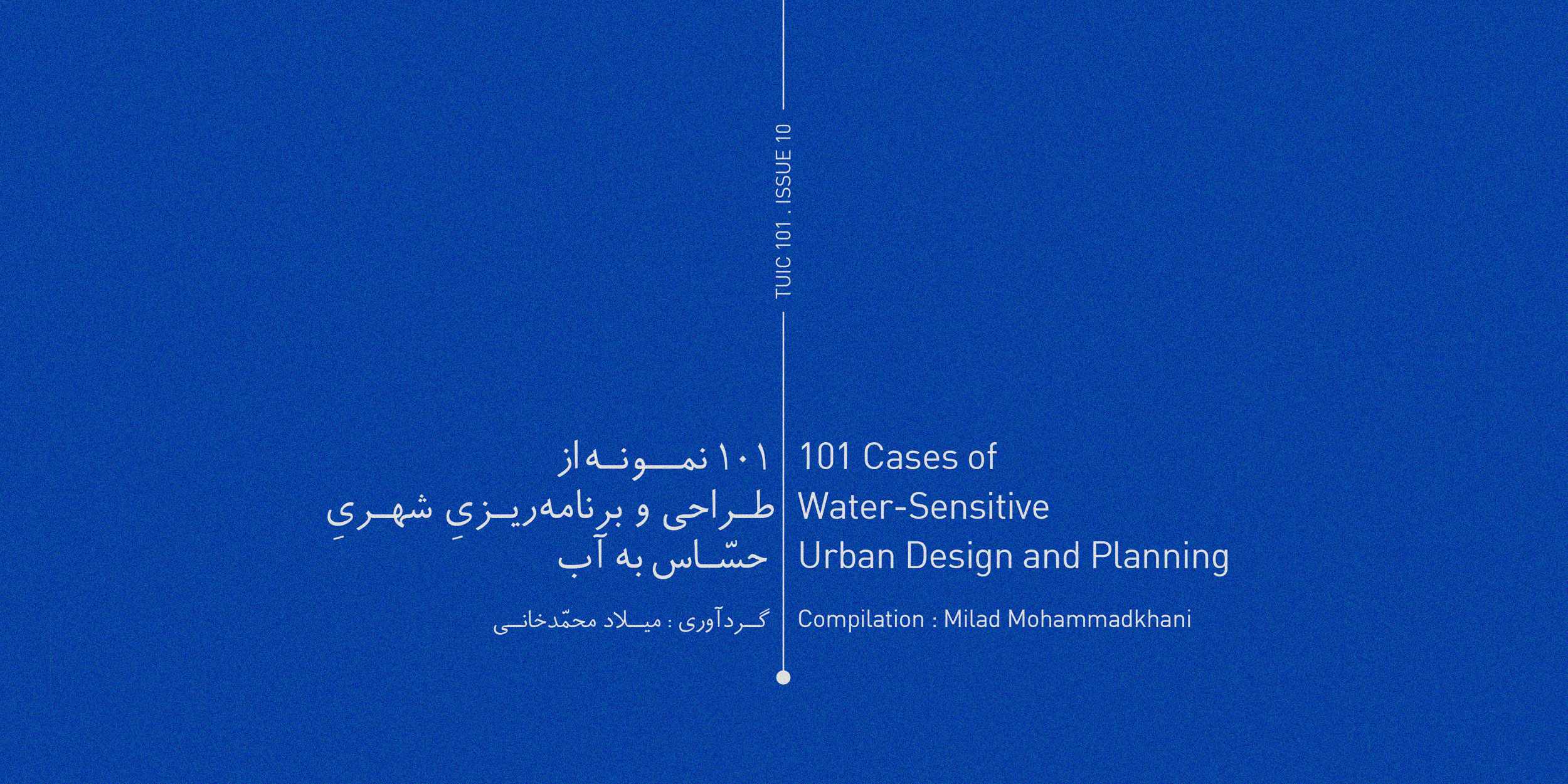January, 2021
ISSUE 10 : 101 Cases of Water-Sensitive Urban Design and Planning

The history of water management is nothing less than the history of humankind attempting to satisfy its desires. Water has always been a critical driver in the formation and development of human settlements, as proximity and access to water resources have been crucial for human societies to fulfill basic needs naming drinking, hygiene, and food production.
Along with the industrial revolution and adoption of dominating approaches toward the natural environment and resources, centralized infrastructure were developed to control and exploit water in urban contexts, regardless of the natural ecosystem's wellbeing in cities. Water scarcity, flooding, and water resources pollution are indicators of an unbalanced coexistence of the built environment and natural water cycle, in which urban water has turned into a nuisance to be controlled by inadequate grey infrastructure rather than an asset to urban life.
Water≠sensitive urban design with a focus on the use of green infrastructure is an integrated approach in design and planning that aims to manage the urban water cycle using decentralized and ecological practices, in order to protect water resources and restore the natural ecosystem in urban contexts. This issue of the TUIC 101 series discusses solutions and case studies of this approach.
.
Read the issue for free : 101 Cases of Water-Sensitive Urban Design and Planning
<

